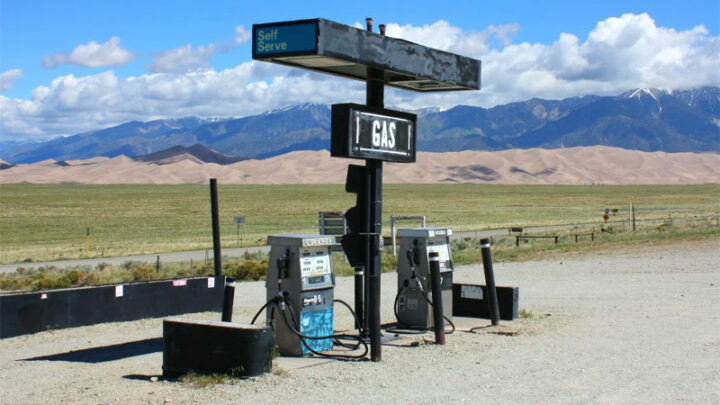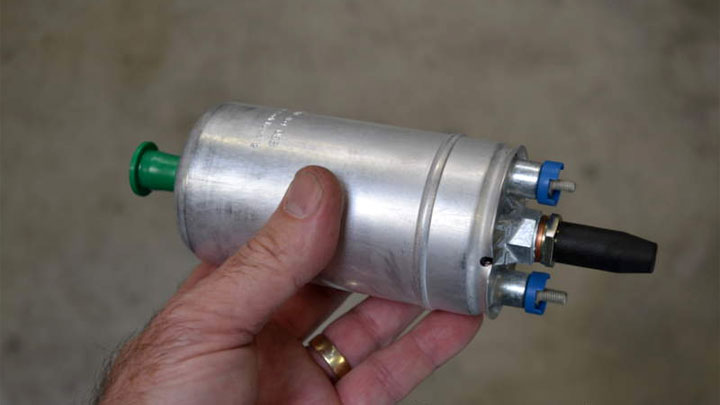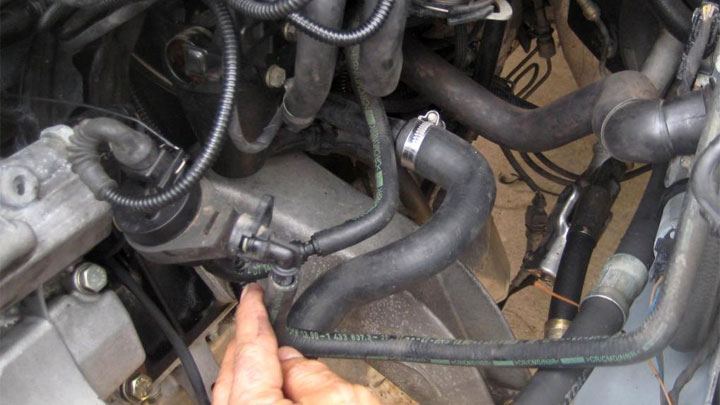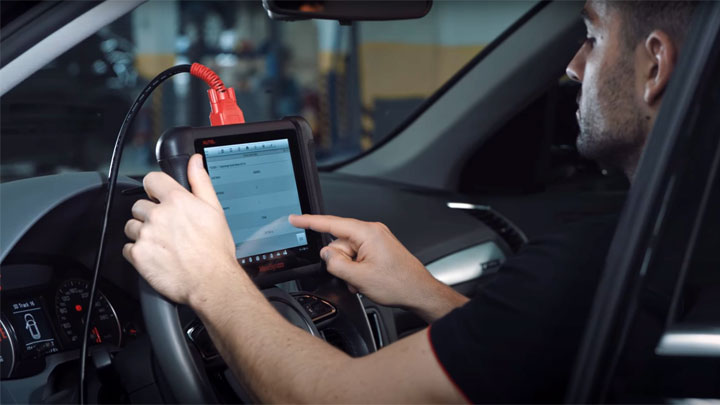6 Reasons Why Your Car Won’t Start After Getting Gas
Have you ever attempted to start your car after getting gas, only to find that it absolutely will not fire or stay running? If so, you know that the resulting panic can be terrible to deal with, and often makes you wonder, “What did I do wrong?”
Don’t worry, you’re not alone as many other drivers have experienced this. In this article, we’ll look at the six most common reasons why your car fails to start up after filling up the tank.

Common Causes of a Car Not Starting After Getting Gas
There are a number of potential reasons that a car fails to start after getting gas, not all of which are nearly as troublesome or concerning as one might think.
Understanding the potential causes is typically the first step in forming the correct plan of action for getting your vehicle back in use.
#1 – Low Quality Gasoline

One of the most obvious thoughts when faced with this type of hardship is that the gasoline you just purchased is bad. However, this is quite a rare occurrence, especially in today’s age of stricter quality controls.
But if you’ve just fueled up at a middle-of-nowhere gas station or one that’s not a well-known chain-type brand, bad gas is definitely a possibility.
#2 – Starting/Charging System Issues
It is entirely possible for starting/charging system issues to cause problems of this nature. A vehicle’s battery could be flat, its starter compromised, or its positive/ground connections loose or corroded. Further testing of this system is often required, starting with the battery.
#3 – Faulty Fuel Pump

An automotive fuel pump can also fail at any time, without warning, making this an entirely plausible theory as to why a vehicle suddenly will not start after fueling. This can be especially true in the case of older or high-mileage vehicles that have yet to have had their fuel pump replaced.
#4 – Clogged Fuel Filter
A fuel filter that’s clogged can also cause your vehicle to not start after it has been shut off for whatever reason. This filter serves as a strainer of sorts for fuel destined for combustion.
When clogged, a vehicle’s fuel filter can cause a restriction within the fuel system, thereby preventing fuel from reaching each combustion chamber.
#5 – EVAP System Issues

A vehicle’s evaporative emissions system can also serve as the root cause of starting Issues, especially those that occur right after topping off with fuel.
The most common EVAP faults of this type pertain to the sticking of a vehicle’s EVAP purge solenoid. However, a clogged charcoal canister can also be to blame.
#6 – Ignition Switch Failure
Another potential cause for a no-start issue is a failed ignition switch. A vehicle’s ignition switch can fail at any time, without warning, leaving you stranded at whatever gas station you have stopped for fuel at.
While this has nothing to do with the act of fueling a vehicle itself, this issue can arise anytime an attempt is made to start a vehicle. Ignition switch failure at this specific time is more of a bad coincidence than anything, and often makes troubleshooting much more difficult if it’s not considered as a possibility.
What Do You Do?
The following steps can be used to help you determine how best to address the matter of a vehicle that will not start after fueling.
- Outline the Exact Issue – You must first determine the circumstances of the issue at hand.
- Is the vehicle cranking, but not starting?
- Or is it failing to crank altogether?
- Check Battery (If Not Cranking) – If the vehicle in question is failing to crank altogether, use your portable jump starter (like a NOCO) or ask another person at the gas station to assist you in jump starting your vehicle.
- If this still does not yield results, check all cabled connections, on both the power/ground side of the circuit. You can also try jumping power across individual posts on the vehicle’s starter/solenoid.
- Check Fuel Pump Operation (If Cranking) – If the affected vehicle is cranking, yet fails to start, you must verify that the fuel pump is operational.
- A small screwdriver can be used to carefully depress the Schrader-port stem found on most fuel rails, to ensure that pressure is present. If it is not, try thumping the bottom of the vehicle’s fuel tank with a broom handle or something of the like. In some instances, this will cause the fuel pump to pick-up, and regain function.
- Tow If Necessary (for Further Diagnostics) – If none of the above-mentioned steps have proven successful, you should have your vehicle towed from the pumps, to a spot that is more favorable, as more strenuous diagnostic measures will be required.
How a Mechanic Would Troubleshoot

When troubleshooting an issue of this type, a professional mechanic will follow the same processes and procedures as they would when addressing any starting issue.
First, one would start by determining whether they were dealing with a no-start issue or a no-crank issue. This simply means that it is imperative to outline whether the vehicle in question is cranking, but simply won’t fire, or if it is failing to crank altogether.
If the affected vehicle does not crank, a mechanic will dig into the health of the starting/charging circuit. The vehicle’s battery will be tested to ensure that it is viable and capable of powering the starter.
The starter itself can then be jumped to demonstrate functionality. A visual inspection of the cabling and grounding of the starting circuit will also need to be conducted.
If the vehicle in question is cranking, yet will not fire, one will be left to determine what is missing to initiate combustion. Gasoline engines require fuel, air, and properly-timed spark, along with satisfactory compression to initiate combustion.
In the event of a crank/no-start concern, a mechanic must figure out which element is missing from this equation. This typically involves the use of a scan tool, fuel pressure gauge, and ignition-system test light, among other specialty tools.
Prevention Measures
It is virtually impossible to prevent freak automotive mechanical or electrical issues from taking place, due to the unpredictable nature of their occurrence.
However, you can lessen the chance of their occurrence, at least to a noteworthy degree, through general upkeep and maintenance. This simply involves getting ahead of impending failures before they actually occur.
Some of the most noteworthy of these preventative measures involve replacing batteries when they begin to exhibit signs of weakness, periodically checking all cable connections for tightness, replacing fuel filters at specified service intervals, and conducting all maintenance as outlined by a vehicle’s manufacturer.
While this does not eliminate the chance of unpredicted mechanical failure, it does mitigate additional risk to the extent possible.
Additionally, it is worth mentioning that you will best served to avoid fueling your vehicle at questionable establishments. This is due to concern over fuel quality. Whenever possible, it is best to stick to fueling at popular chain-style gas stations that generally receive their fuel shipments from reputable bulk carriers.
- 4 Causes of Smoke Coming Out of Your Car Vents - Jun 20, 2024
- 6 Reasons Why Your Car Won’t Start After Getting Gas - Jun 17, 2024
- P2196 Code (Symptoms, Causes, and How to Fix) - Jun 13, 2024
